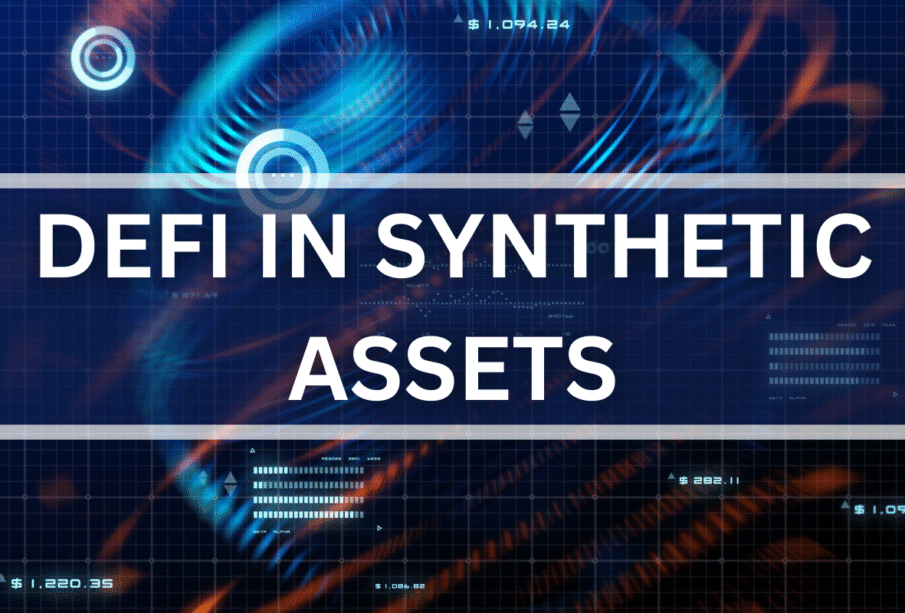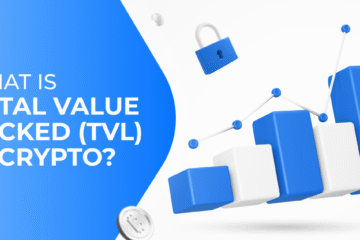What Are Synthetic Assets?

Don’t let the term “synthetic assets” intimidate you—you might already be using them without realizing it.
Imagine you’re Alice, and you bet your friend Bob on the outcome of a sports game. That’s essentially a synthetic asset transaction. If your mutual friend Charlie holds the wager and ensures the winner gets paid via Venmo after the game, Charlie acts as the custody and settlement layer. If you trust Charlie to resolve disputes, he also serves as the oracle mechanism.
Every synthetic product consists of several core components:
|
Component |
Centralized/Fiat Synthetic |
On-Chain Synthetic |
Alice, Bob, and Charlie Example |
|---|---|---|---|
|
Clearing Network |
Automated Clearing House, SWIFT, etc. |
Ethereum |
Venmo |
|
Custody Mechanism |
Custodial Accounts |
Smart Contracts |
Charlie’s Venmo Account |
|
Counterparties |
Typically KYC-verified legal entities |
Ethereum network addresses |
Alice and Bob |
|
Collateral |
USD, Treasury bonds, or other liquid assets |
ETH, DAI, USDC, etc. |
USD |
|
Target Index |
Stocks, bonds, commodities, etc. |
Stocks, bonds, commodities, crypto, etc. |
Messi’s goals in a specific match |
|
Oracle Mechanism |
Court system |
UMA, Chainlink, Band, Tellor, etc. |
Charlie’s judgment |
|
Pegging Mechanism |
Margin requirements, liquidation, funding rates |
Varies by protocol |
Payment upon match conclusion |
|
Expiration |
Any date |
Any date or perpetual |
Match end |
Synthetic products are popular due to their flexibility. They allow market participants to hedge risks that were previously untradable, making them one of modern finance’s most powerful tools.
Before derivatives, commodity producers couldn’t hedge against future price drops, and consumers couldn’t protect against price spikes. Today, the fiat interest rate derivatives market, which helps both lenders and borrowers hedge interest rate risks, exceeds $500 trillion. This liquidity enables products like the 30-year fixed-rate mortgage in the U.S.—without it, banks wouldn’t offer fixed rates amid fluctuating interest rates.
The Importance of On-Chain Synthetic Products
Open finance aims to provide fair market access for all participants. Tokenizing real-world assets through centralized intermediaries consolidates useful products on a single settlement layer. However, tokenization doesn’t eliminate all barriers, as users must still trust centralized custodians and comply with their rules. On-chain synthetic products enhance market fairness and openness by removing entry barriers, allowing individuals, entities, or DAOs (decentralized autonomous organizations) to access any financial product without intermediaries, avoiding single points of failure.
DeFi Synthetic Assets
DAI, managed by the MakerDAO system, is a prime example of a synthetic asset.
DAI’s synthetic nature stems from two key features:
-
Price Pegging: DAI is pegged to the U.S. dollar.
-
Collateral Backing: DAI’s value is supported by collateral, not the token itself.
DAI uses the USD/ETH price pair. However, you can inject different target price pairs into MakerDAO to create various synthetic assets, such as:
-
Gold/ETH: Creates a synthetic gold token backed by ETH.
-
EUR/ETH: Creates a synthetic euro token backed by ETH.
-
S&P Index/DAI: Creates a synthetic S&P index token backed by DAI.
With financial engineering, you can stake any token to generate synthetic tokens. You can even stake one synthetic token (A) to create another (B). The possibilities are endless!
Synthetic assets can be designed for countless use cases beneficial to holders and issuers. The table above is just a simplified framework.
However, not all synthetic assets are identical. When designing them, you must consider their characteristics based on the use case. This isn’t as hard as it sounds—just ask two questions:
-
Which target price should the synthetic token track?
-
Under what conditions will the pegging mechanism function effectively?
Evaluating DAI and sUSD
To clarify, let’s compare DAI and sUSD. Both target a $1 price, but their pegging mechanisms and liquidity assurances differ significantly.
sUSD: Ideal for Short-Term Speculation
sUSD trades at exactly $1 on synthetix.exchange. As long as the platform’s oracle provides accurate prices and the trading pool has sufficient collateral, all trades on synthetix.exchange are executed at fair prices. This makes sUSD the most practical speculative tool among Synthetix’s synthetic assets. However, outside the Synthetix platform, tools to maintain its stability are limited.
DAI: Better for Long-Term Holding
DAI rarely trades at exactly $1 due to its price volatility. MakerDAO’s governance system uses levers to rebalance supply and demand. In worst-case scenarios, a global settlement mechanism redeems each DAI with collateral worth $1. As long as MKR holders govern effectively, DAI maintains its target price. Thus, DAI isn’t ideal for short-term dollar-based trading but excels as a stable store of value (assuming trust in MKR and the MakerDAO Foundation).
Different synthetic asset mechanisms balance similar trade-offs. As a user, ask yourself: What assurances do I need, and over what timeframe? Is this synthetic asset for short-term liquidity or long-term value storage? These questions will guide you to the right protocol.
Oracle Mechanism Challenges
Every synthetic asset protocol relies on an oracle mechanism to some extent.
Oracles allow smart contracts to access external data, which DeFi contracts use to determine who can claim locked collateral. Controlling an oracle’s output effectively controls the assets locked in a DeFi contract.
Oracles are currently DeFi’s biggest challenge. Recent incidents, like the bZx flash loan attack, SNX oracle manipulation, and Maker’s Black Thursday, highlight their severity.
Addressing Oracle Issues with Off-Chain Feeds
Most solutions propose securely sourcing data from trusted off-chain interfaces and updating the blockchain frequently. Provable Things, Chainlink, and Compound’s Open Oracle are variations of this approach. To enhance security, many DeFi contracts implement delays (on-chain prices are used after a lag) or “circuit breakers” (capping price fluctuations within a period). These strategies involve trade-offs, such as risks of oracle front-running (executing liquidations before price updates) or increased execution uncertainty.
Addressing Oracle Issues Without Off-Chain Feeds
Another approach to improve DeFi’s security and scalability minimizes oracle reliance. This blockchain-native solution assumes on-chain price feeds may be inaccurate. “Price-less” contracts use oracles only when counterparties cannot resolve disputes, ensuring timely access to prior prices. For prices that must be on-chain, oracles provide economic guarantees of accuracy.
Final Thoughts
Synthetic assets are powerful financial tools, and open finance enables users to create them in innovative ways. However, we shouldn’t blindly adopt every synthetic token just to follow trends. Their design models are still largely untested, and each involves trade-offs. As users, we have a unique opportunity to participate in this experiment, contributing to the standards of the next generation of finance.










